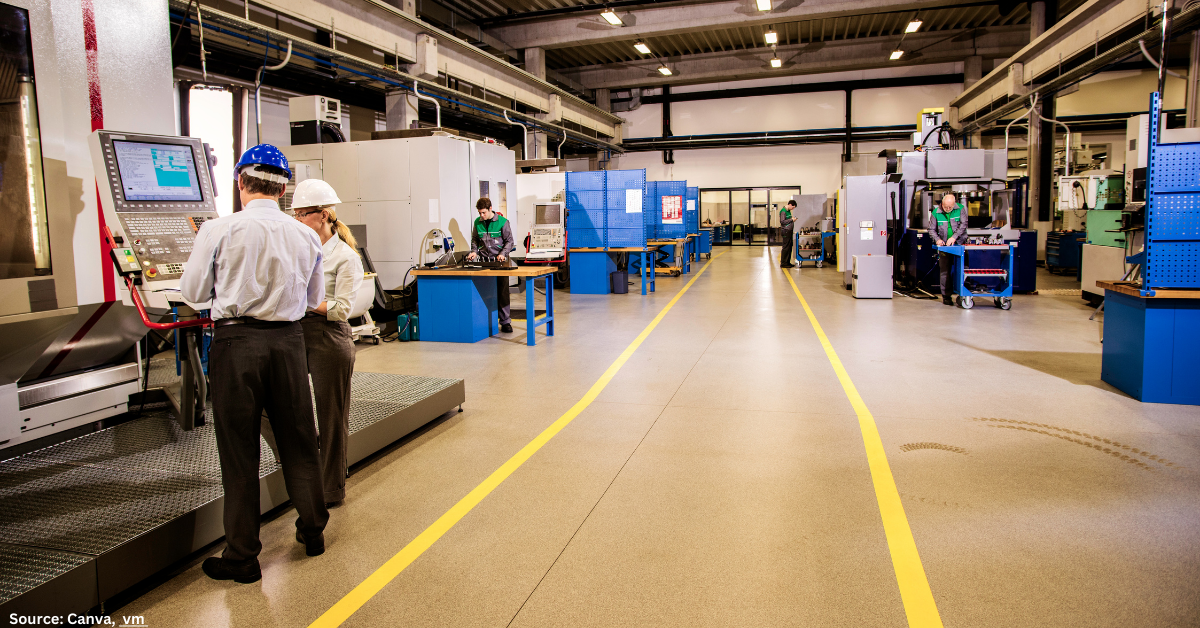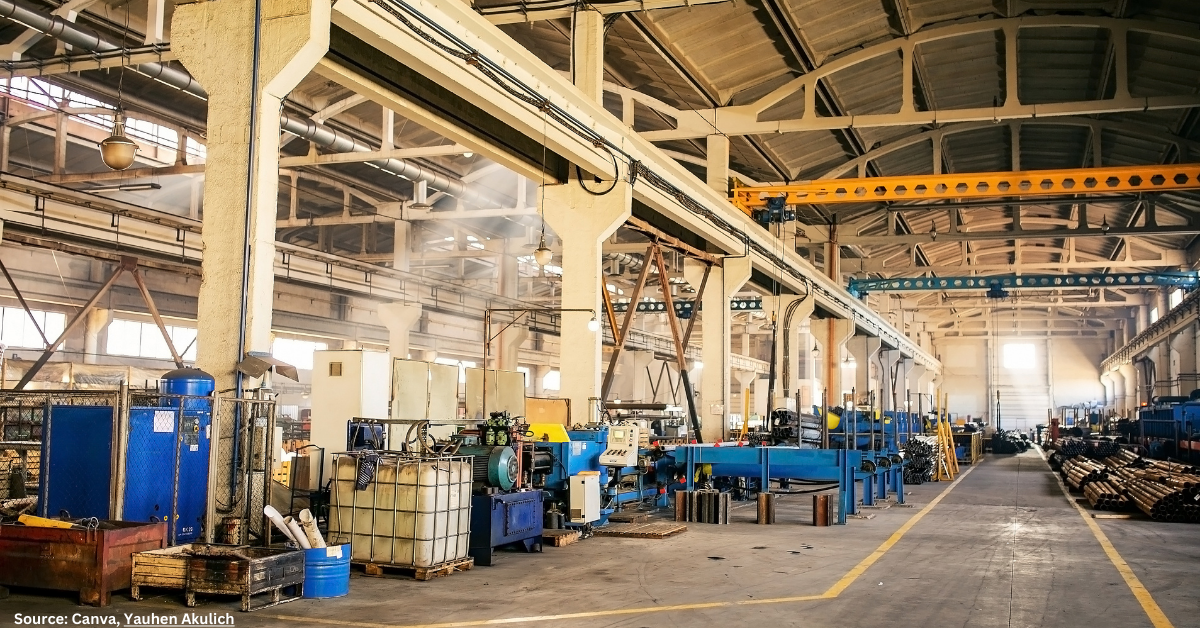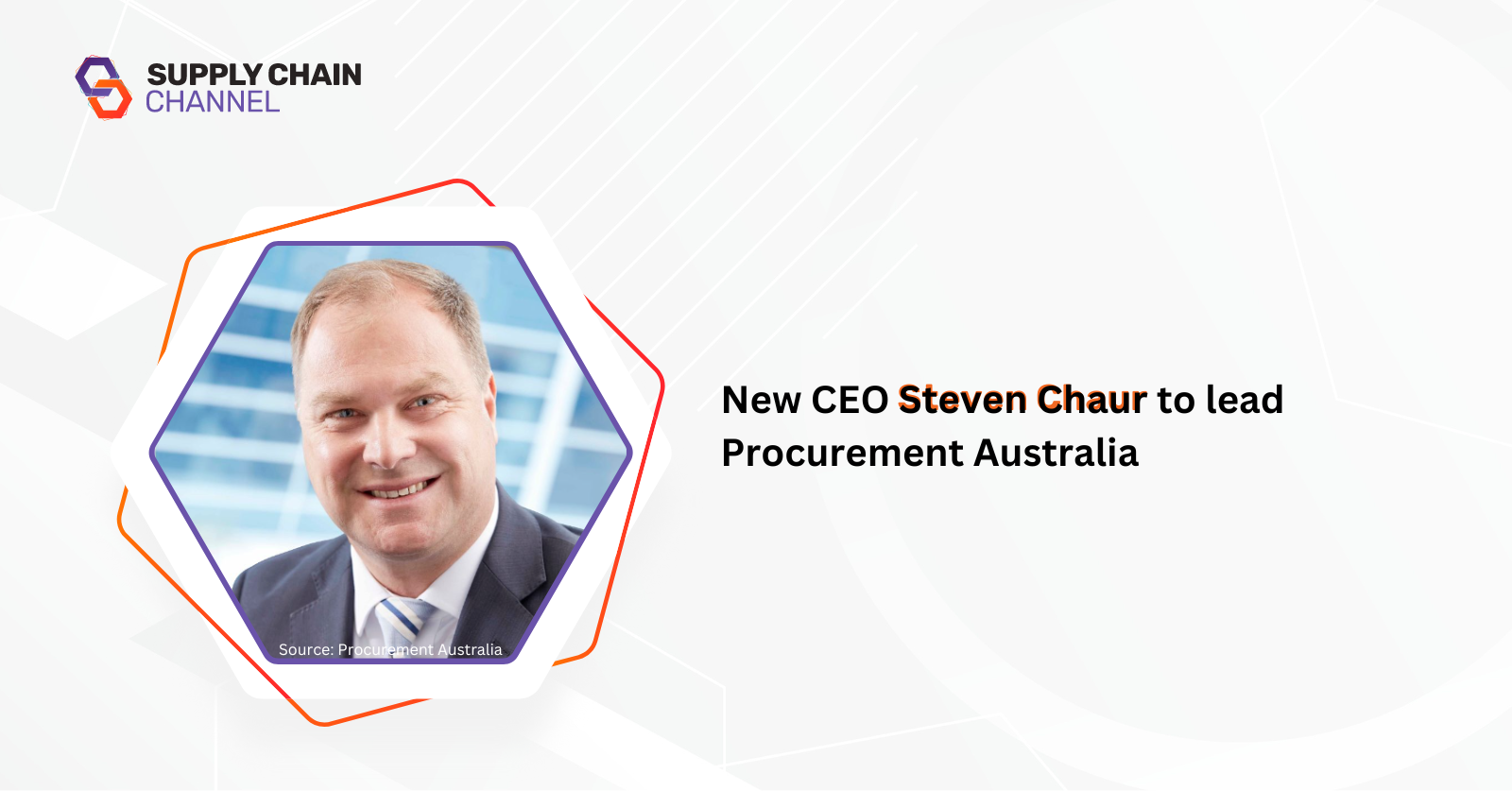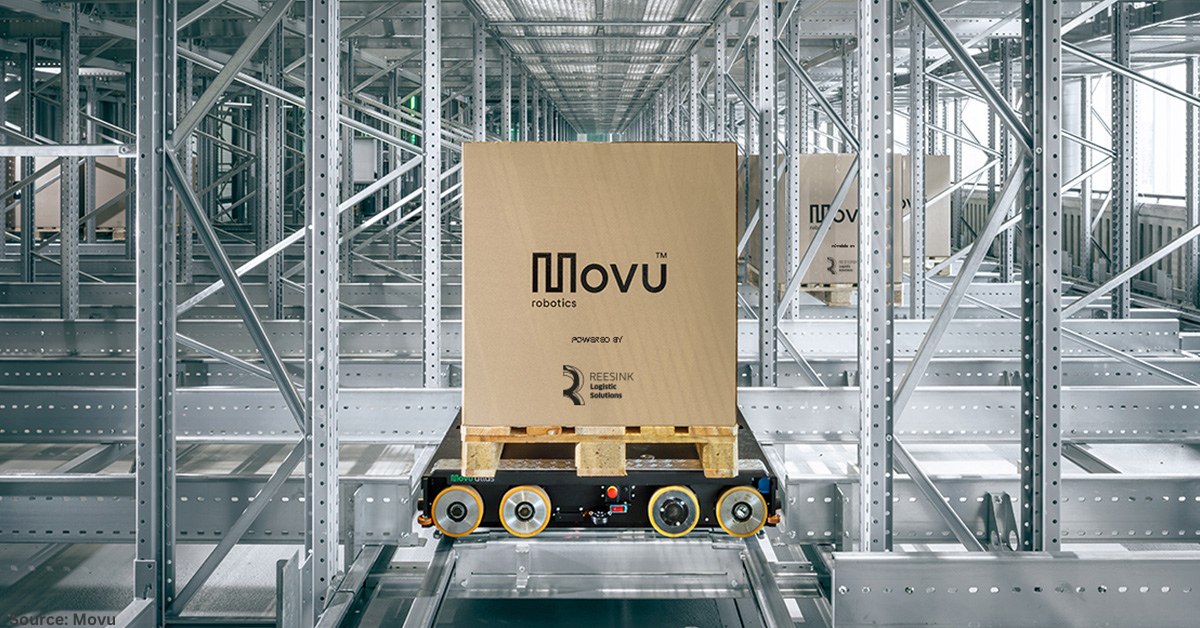Prological discusses how innovation can save warehouse tenants millions of dollars per annum in reduced leasing costs.
Supply chain consultancy Prological has released a new whitepaper on the changes in the industrial property landscape and its future-focussed ‘next generation’ approach to new warehouse and freight depot design and development.
Rethinking warehouse design: Integrating innovation, from concept to delivery discusses the pressures of the industrial property market, as well as the limitations of traditional approaches to new warehouse and freight depot development.
From working with Australia and New Zealand’s largest retailers and logistics companies, the Prological team share their innovative approach for developing greenfield sites, and how this new way of thinking can reduce tenant costs and expand developer return on their assets, while bringing relief to the constrained property market in Australia and New Zealand’s larger cities.
Australia’s industrial property market: an outlook
By 2026, the total value of investment-grade industrial property in Australia is set to surpass the office sector, by which time the Australian industrial and logistics industry is forecast to reach $424 billion. Occupier costs have reached record highs, as have rents for both super prime and prime grade assets. The logistics property market is struggling to cater for the growth in e-commerce as well as other business sectors. To address these issues, the way in which facilities are designed, built, and operated must change.
New ways of building a Greenfield site
Until now, the most common process for site development begins with estimating the footprint of the facility, choosing an adequate size property site, with consideration of the internal workflows and fit-out last. However, with the rapid pace of innovation, scarcity of available land and the proliferation of agile automation, this approach is no longer optima. Indeed, it has always been flawed, but now the consequences of this flawed approach are more profound. Today, traditional warehouse layouts are no longer fit for purpose and rents are driving costs in the wrong direction, while innovative architecture and engineering are introduced too late in the current development process, if they are introduced at all.
For the team at Prological, the opportunity to innovate was clear. What if the fit-out and detailed workflows were designed first, and the building was designed next, both before the land was even looked at? What if automation and its infrastructure requirements were considered early and designed as an integrated component of the building? What might it mean to build vertically, not just horizontally?
Next generation answers to these critical questions result in reduced land requirements, reduced building costs and in turn, reduced rents. While this approach provides the tenants with a much better outcome, it also provides developers with more revenue, while providing Logistics/Industrial Real Estate firms with more transactions to prosecute, creating more revenue for this sector.
Prological’s mantra is: “Sign-off on nothing until you have completed the design of everything”.
With this fresh way of thinking, Prological has uncovered several additional operational and personnel benefits for early adopters of this ‘next generation’ design including:
- Increased sustainability through warehouse positioning, thermal efficiency, reducing heat footprint and leveraging natural sunlight, of course with solar power, but that is just the start
- Improving customer experience with faster, more accurate delivery times
- Attracting, retaining, and optimising staff through human centric design
- Reduced travel time by optimising production and work zones from the outset (50-60% of traditional warehouse staffing costs)
- Becoming known for innovation by shareholders, employees, and customers alike
The whitepaper examines how a commitment to innovation from the outset can produce significant benefits for customers who are faced with increasing market pressures.
Furthermore, its practical recommendations show where to begin and what to consider, based on Prological’s proven expertise in this evolving field.






















































Follow us on social media